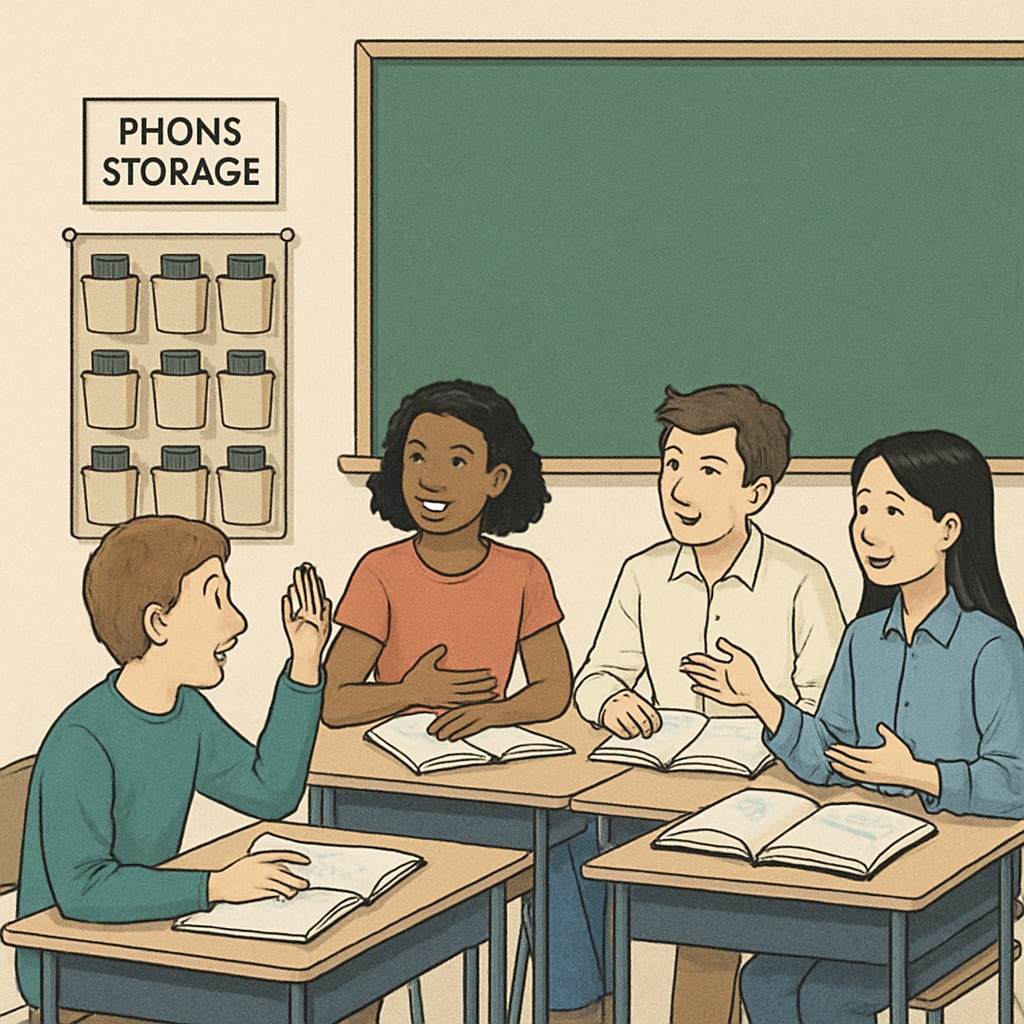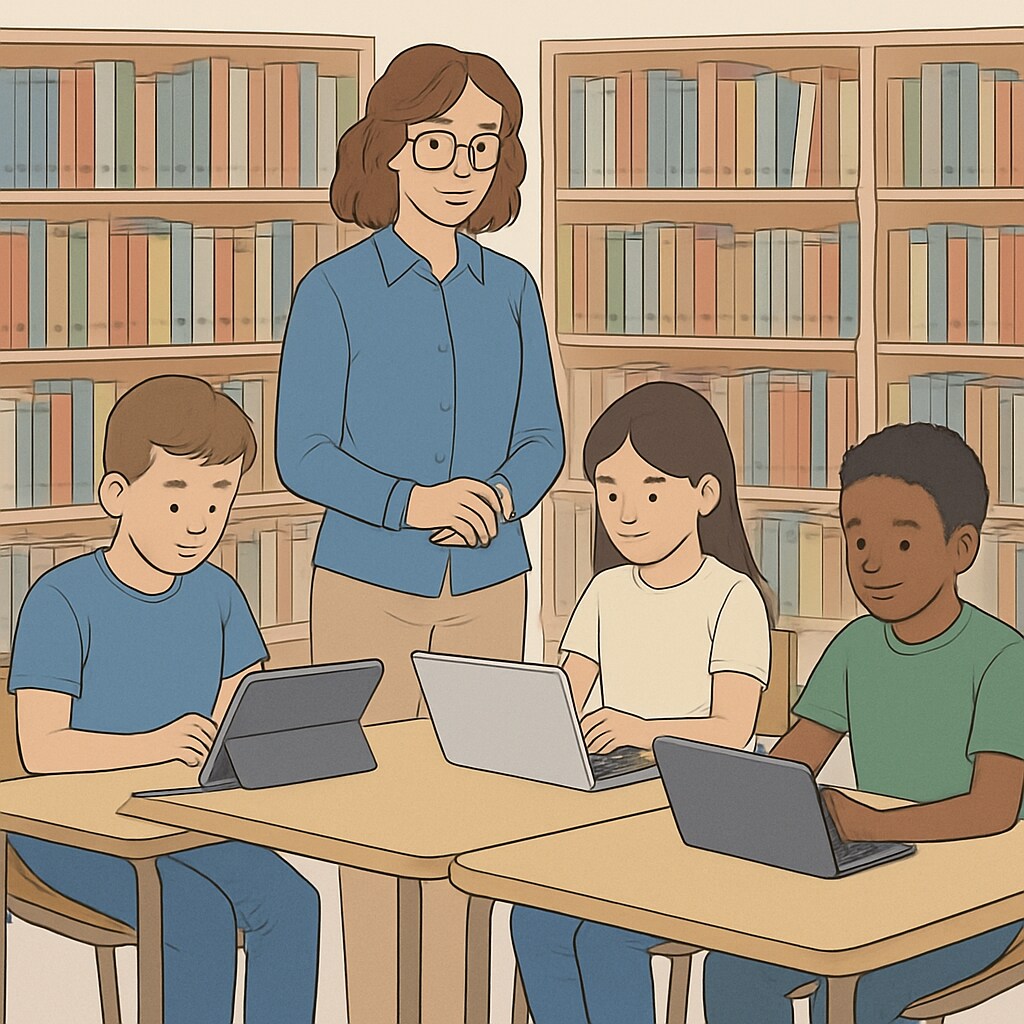The implementation of K12 school phone bans has sparked widespread debate, touching on critical aspects such as school safety, learning focus, and equitable access to technology. As schools strive to create a conducive learning environment while addressing modern challenges, understanding the multifaceted impact of such bans is essential. This article examines the effects of these policies and proposes viable alternatives that balance digital literacy and classroom focus.
Understanding the Impacts of K12 School Phone Bans
School phone bans aim to reduce distractions, improve classroom focus, and enhance overall learning outcomes. However, their impact extends beyond academic performance. Several dimensions must be considered:
- Learning Environment: Removing phones can minimize distractions and foster deeper engagement with lessons. Yet, it may limit the use of educational apps and tools.
- Safety Concerns: Phones often serve as a crucial communication tool during emergencies. Banning them raises questions about alternative safety measures.
- Implementation Costs: Enforcing a ban requires resources for monitoring, storage solutions, and consistent policy enforcement, which can strain school budgets.
- Educational Equity: Students from disadvantaged backgrounds may rely on phones for access to digital resources. A ban could exacerbate existing inequalities.

Exploring Alternatives to Complete Phone Bans
While phone bans aim to address valid concerns, alternative approaches may offer a more balanced solution. These strategies allow schools to maintain focus while fostering digital literacy:
- Designated Phone Zones: Schools can establish specific areas where phones are allowed, ensuring they are accessible during emergencies while restricting classroom use.
- Tech-Integrated Lessons: Incorporating phones into educational activities, such as research projects or interactive quizzes, can harness their potential as learning tools.
- Parental Involvement: Schools can collaborate with parents to instill responsible phone usage habits and reinforce the importance of focus during school hours.
- Digital Literacy Programs: Offering courses on technology etiquette and cyber safety prepares students for the digital age without compromising classroom focus.

Balancing Safety and Modern Educational Needs
Safety remains a paramount concern when implementing phone bans. Schools can take proactive steps to address this while ensuring technology is used responsibly:
- Emergency Protocols: Equip schools with alternative communication tools, such as intercom systems or secure apps, to manage emergencies effectively.
- Teacher Training: Provide educators with training to integrate tech responsibly, ensuring phones are a resource rather than a distraction.
- Policy Flexibility: Allow exceptions for specific scenarios, such as students with special needs or extracurricular activities requiring phone access.
By addressing these considerations, schools can strike a balance between maintaining safety and leveraging technology as a learning asset.
Conclusion: K12 school phone bans, while well-intentioned, have far-reaching implications that must be carefully evaluated. Through strategic alternatives, schools can create an environment that fosters focus, safety, and equitable access to digital tools. As technology continues to shape the educational landscape, finding this balance is crucial for preparing students for the challenges of the digital age.
Readability guidance: This article uses short paragraphs and lists to summarize key points, incorporates over 30% transitional words for flow, and limits passive voice to ensure clarity.


